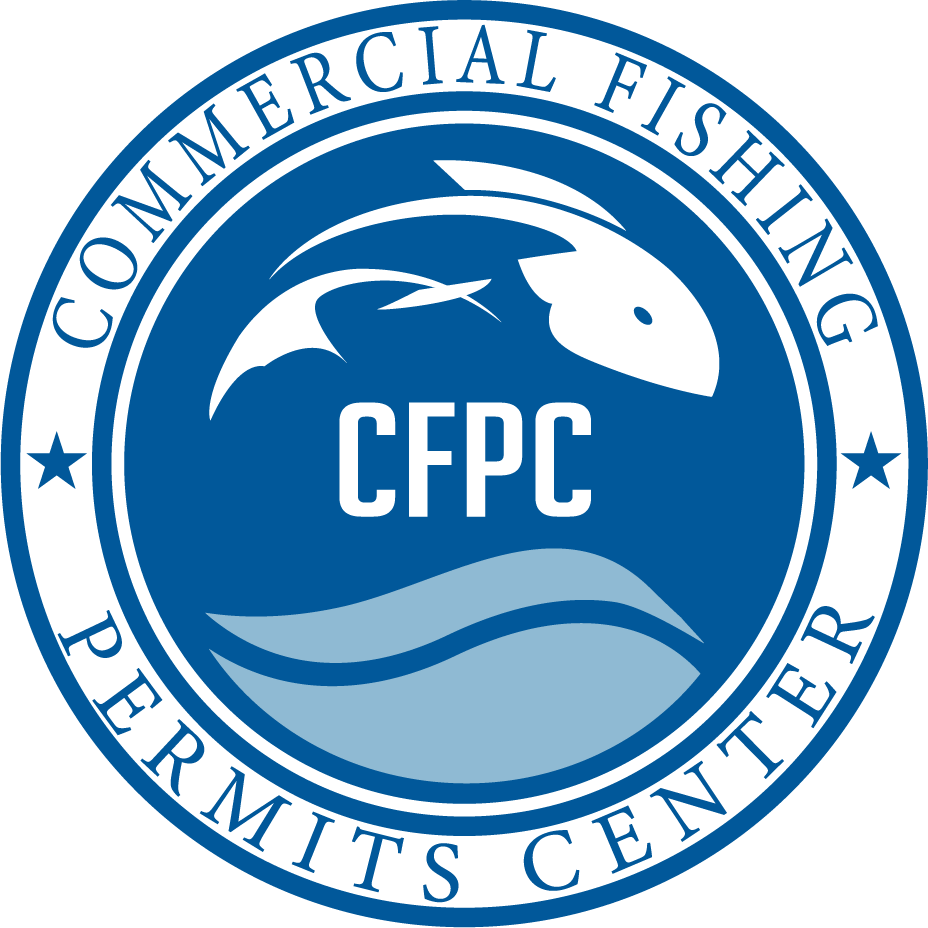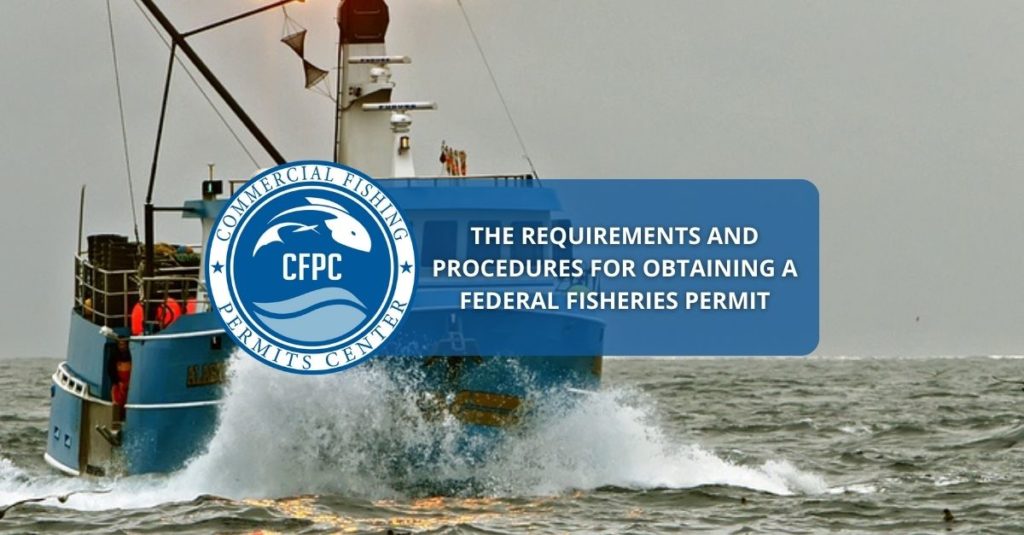For those in the fishing industry, a federal fisheries permit is one of the most important documents to obtain. It allows fishers to legally catch certain fish species in federal waters, ensuring the preservation of the ocean’s biodiversity and keeping the industry regulated. However, obtaining a federal fisheries permit is no simple task. In this ultimate guide, we’ll break down the requirements and procedures for obtaining a federal fisheries permit.
Determine your Eligibility
The first step to obtaining a federal fisheries permit is to determine your eligibility. Federal fisheries permits are granted to individuals, corporations, and partnerships that meet specific criteria. These criteria include being a U.S. citizen or permanent resident alien, owning a vessel that is registered in the U.S. and exclusively used for fishing, and meeting the financial obligations as set forth by the National Marine Fisheries Service (NMFS), just to name a few. It’s important to review the criteria carefully as they may vary depending on the type of permit you need.
Identify the Type of Permit You Need
There are various types of federal fisheries permits available, depending on what you intend to fish and where you plan on doing it. For example, if you’re planning to catch shrimp, you’ll need a Gulf of Mexico or South Atlantic shrimp permit. Additionally, if your vessel will be fishing in waters internationally, you’ll need an international fishing permit. It’s essential to identify the type of permit you need, as this will dictate the application process.
Submit an Application
Once you’ve determined your eligibility and identified the type of permit you need, you can begin the application process. The application process can be lengthy, so it’s vital to start as soon as possible. You’ll need to prepare and submit several documents, including proof of ownership of your fishing vessel and evidence of financial responsibility, to name a few. When the application is successful, you’ll be notified by the National Marine Fisheries Service (NMFS) that your permit is ready for payment.
Pay the Fees
After you receive notice from the NMFS, you’ll need to pay the required fees to obtain your permit. Fees vary depending on the type of permit you need, and they cover various costs related to permit renewal and regulatory compliance. It’s important to keep in mind that these fees are subject to change over time, so it’s best to stay updated on the current fee structure.
Renew your Permit
Finally, once you’ve received your federal fisheries permit and start fishing, you’ll need to renew it to maintain its legality. Federal fisheries permits are valid for specific periods, depending on the type of permit, usually ranging from one to ten years. Before your permit expires, you’ll need to renew it to continue fishing legally. The renewal process is similar to the application process, but you’ll need to provide updated documentation to confirm that your vessel meets all requirements, and you are operating within the regulations of the permit.
Federal Fisheries Permit for Your Business
Obtaining a federal fisheries permit is an essential step for those in the fishing industry who want to fish legally while also ensuring the preservation of ocean biodiversity. The process can be long and complicated because there are so many requirements, but following the above steps will increase the likelihood of success. Remember to review the eligibility criteria, identify the type of permit you need, submit an application, pay the fees, and renew your permit to continue fishing legally. Doing so will allow you to fish federally-regulated waters legally while contributing to the overall safety and protection of the ocean.



No Comments
Be the first to start a conversation